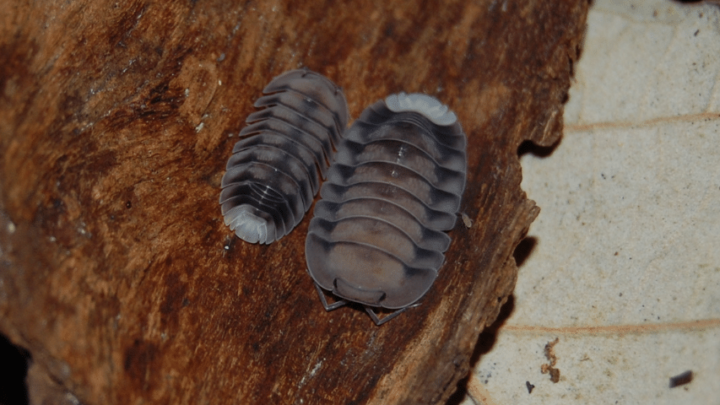In 2017, the Rubber Ducky Isopod was discovered in Thailand’s deep and damp underground caves.
Also trending by the word ‘Designer Isopod’, following the incredible finding of this comparatively new species.
Isopods, also known as pillbugs, rolly pollies, woodlouse, potato bugs, or sowbugs, get their title from a Greek term that means ‘equal foot’.
They have an equal amount of feet on both sides of their bodies.
The Rubber Ducky is by far the most famous and sought-after unusual and distinctive Cubaris species.
They’re among several somewhat recent southeastern Asian Cubaris species such as Cubaris “Panda King”, Cubaris Spec. Amber, Cubaris spec. Jupiter and Cubaris spec. Lemon Blue among others that have gripped the isopod community by storm.
Not only have they taken over the Isopod activity in recent years, but this completely new species also contains other variants that have yet to be discovered or formally described.
Other Cubaris species such as the Cubaris murina have been around for a while and are also found in North America.
Cubaris Isopods Care
Cubaris enjoy damper, mild temperatures of 70-80°F (21-27°C), and increased humidity environments of around 60%. Their diet includes decomposing wood, sliced vegetables, and crushed limestone as well as cuttlebones and crushed eggshells. Provide a transparent plastic container of at least 10 gallons for 10-15 isopods. As a substrate use decomposing wood mulch, rotting cork bark, an abundance of sphagnum peat moss, limestones, and natural leaf litter.
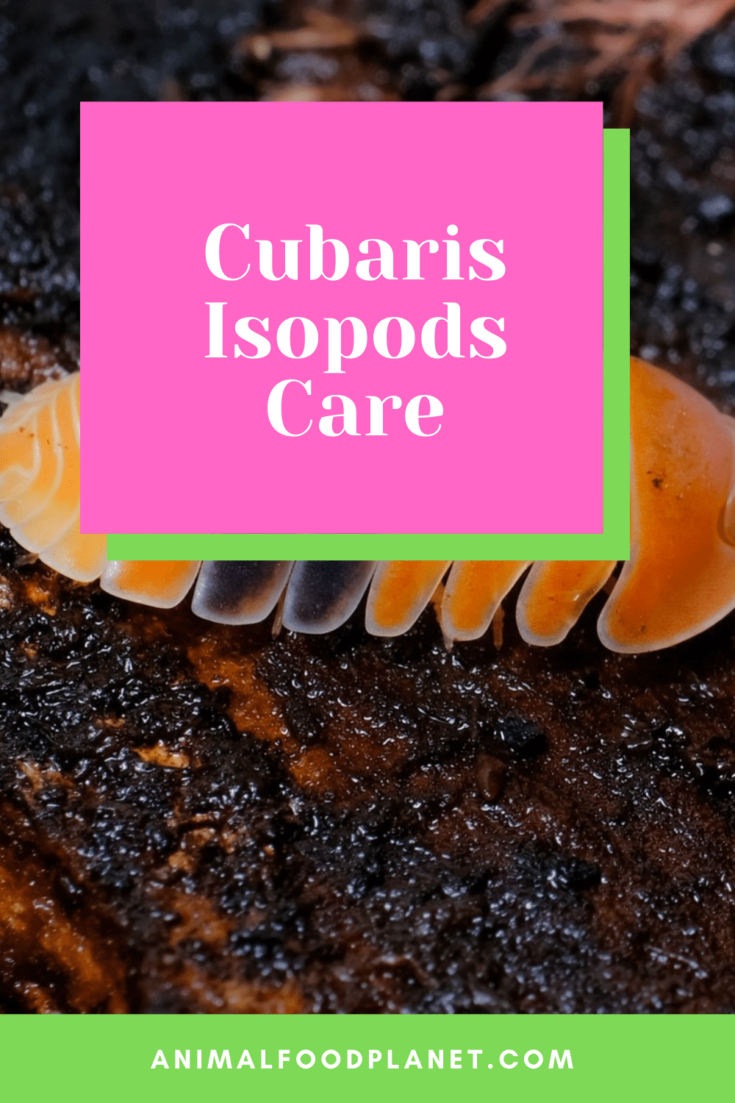
Cubaris Isopods Care
We’ll go through each of the areas in detail.
Cubaris Isopods Care Guide
Size
These cuties will develop a little larger than regular terrarium dwarf isopods; however, they will only reach a maximum size of 2cm or 0.79 inches, making them acceptable for most terrariums.
Rubber Ducky isopods are slow breeders that take a few months to achieve full size. They aren’t very fast at reproducing once they’ve reached adulthood.
These bugs are still classified as dwarf isopods, which means that their colony size isn’t that big to start with.
Lifespan
Just like other isopods found in the environment, the Cubaris Isopods are known to have a lifespan of around 3 to 5 years, depending on the care being provided.
The overall lifespan of your isopods is based on various factors, most of which are associated with the environment they are being kept in.
To offer your Cubaris isopods the optimum care, they will have a few unique requirements that must be addressed.
This post will concentrate on those components of maintenance that will allow you to keep happy, robust Cubaris in your home.
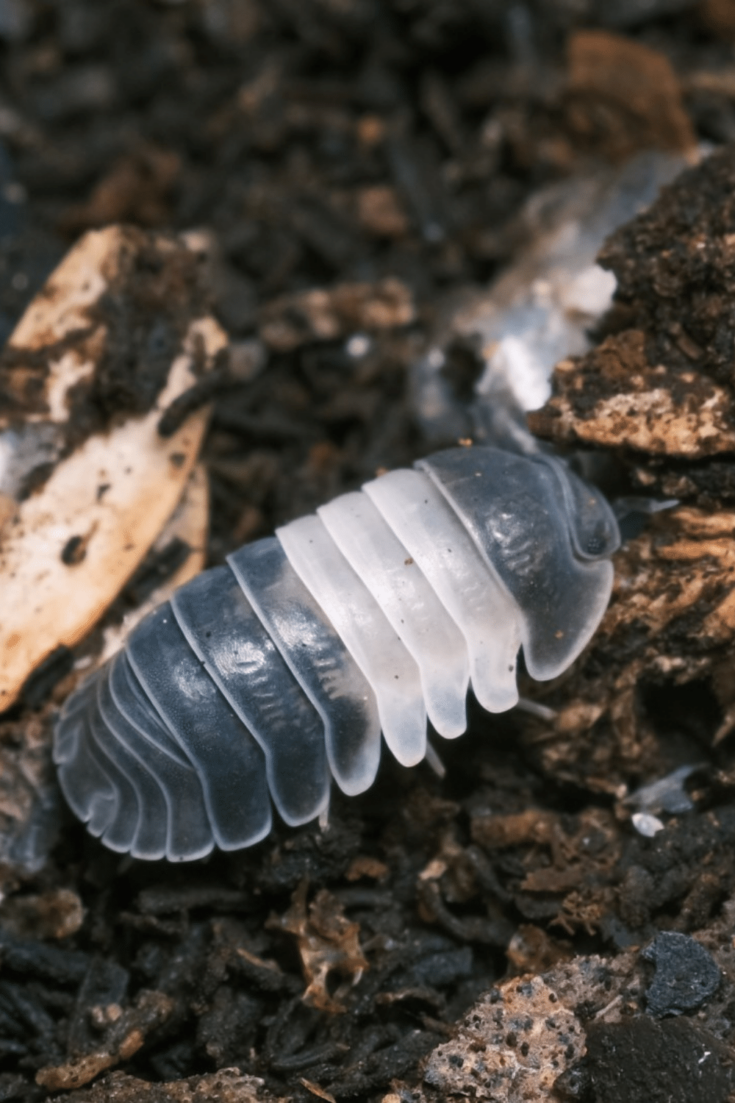
Cubaris Panda King
Difficulty
The thing that makes these creatures so rare is how hard it can get to breed them in a single group.
Because they take a long time to mature, it can take a long time to start producing sufficient for breeders to offer.
There isn’t much documented about the Isopod because they were discovered only a few years ago.
They were also secretive, making them valuable additions to any bug selection.
Although they’re not the strongest of bugs, caring for a Cubaris isopod isn’t challenging once you know what to do.
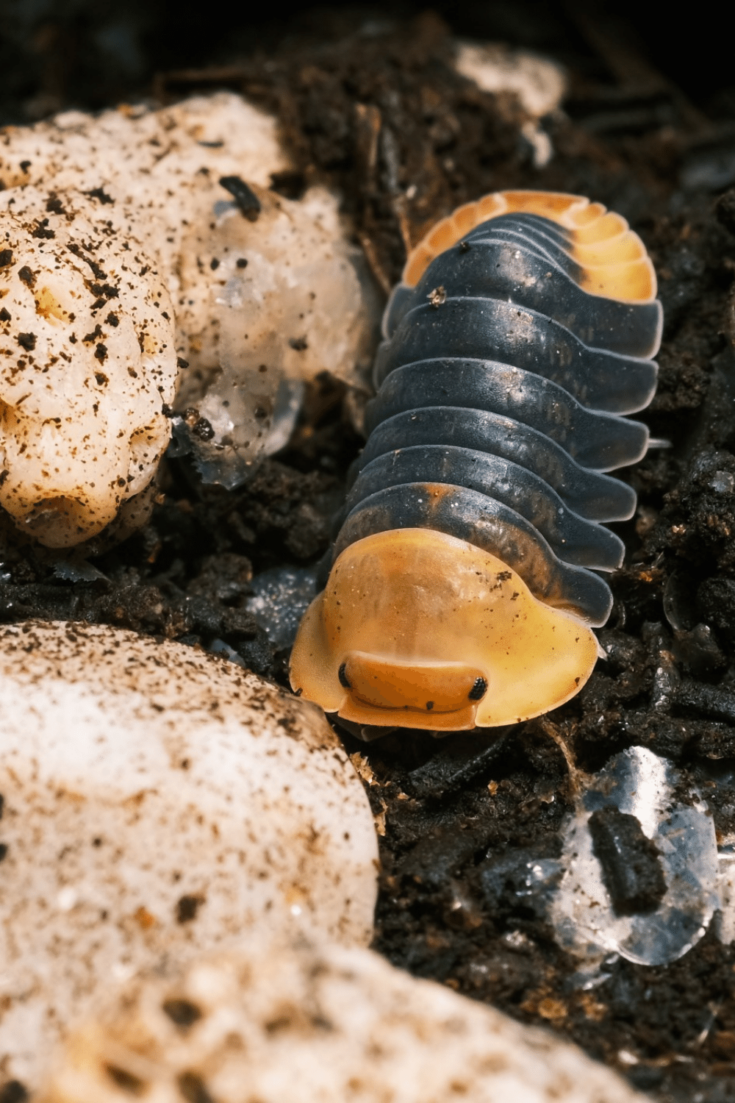
Cubaris sp. Rubber Ducky
Enclosure
Isopods can be kept in a diverse range of containers. You may start small if you just want to create your tribe.
You can even put them in a terrarium or vivarium with a species already in it.
Transparent containers will be the best option only if you have enough space in the box and don’t fill in too many isopods at a time.
A 20-gallon acrylic aquarium is the finest choice for an isopod such as the Cubaris genus.
Here is a rough guide to the size of a container about the number of bugs you keep:
- 10 gallons for 10-25 bugs
- 20 gallons for 25-50 bugs
- 30 to 40 gallons for 50-65 bugs
- 75 gallons for 100 or more bugs
Because of the smooth surface, many creatures are unable to reach the sides of an acrylic container.
Apply a thick coating of Vaseline underneath the top if you want to be extra cautious.
The most basic cause for these isopods mounting a container is because the acrylic is chipped and dirty.
Another option is to keep your Rubber Ducky isopods in a tiny container. We’re not referring to a simple metal tin here; we’re speaking about 1-liter containers.
You can create an optimum enclosure for your Isopod by providing it with all the requirements.
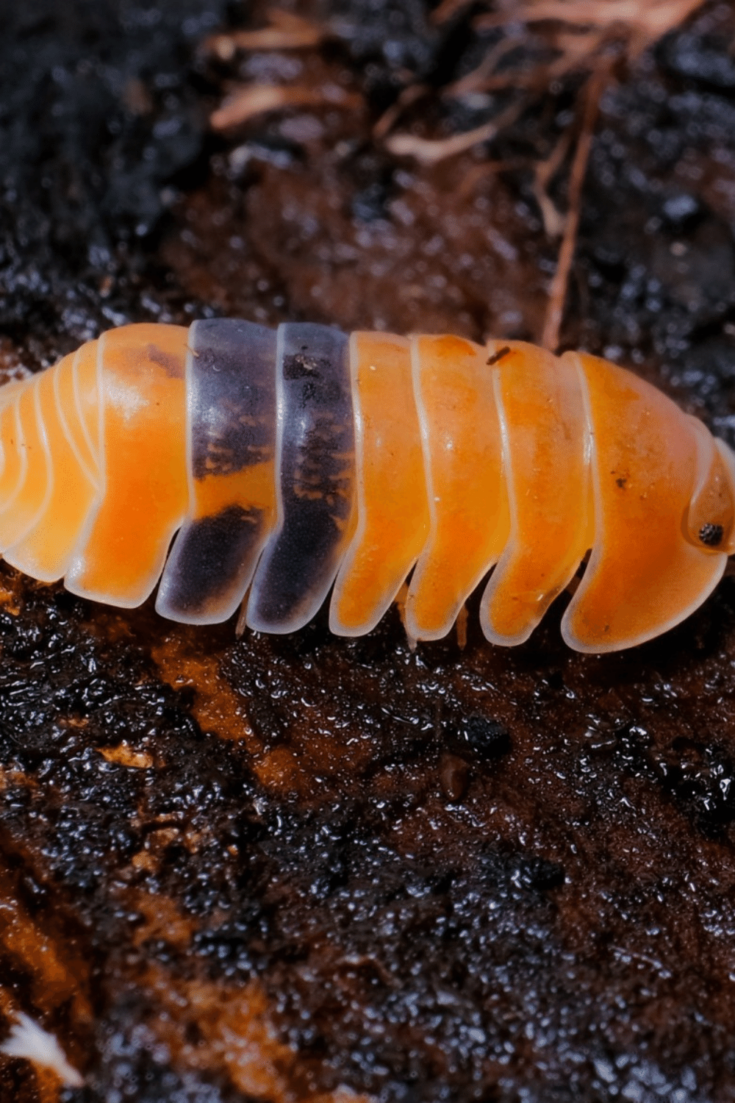
Cubaris Spec. Amber
First, double-check that you’ve installed enough ventilation holes.
Begin by laying down your soil and a good covering of leaf litter on top.
To generate a humidity gradient, you like to cover 1/3 of the cage with a dense covering of sphagnum moss which is kept damp at all times.
Add a chunk of bark, wood, or cork bark after that. The isopods must be able to move away from the substrate to control themselves.
Lastly, add crushed eggshells and cuttlebone as a calcium supply.
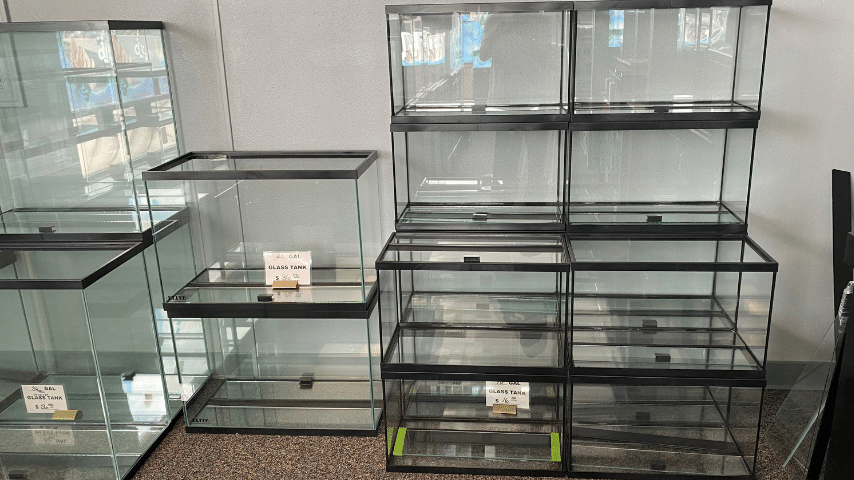
Acrylic Aquarium
Substrate
With decomposing wood mulch, rotting cork bark, an abundance of sphagnum peat moss, limestones, and natural leaf litter, a proper living soil focuses on variety and developing a very rich and dynamic medium.
These crucial building blocks are needed for preserving these isopods, as well as many other uncommon isopod species, alive and reproducing.
The Cubaris Isopods enjoy eating dead organic material, especially decomposing old cork bark, and are an important component of many habitats.
Rubber Ducky Isopods, like all other Isopods, are Crustaceans, which means they are more closely connected to Lobsters and Crabs than to regular soil-dwelling bugs and insects.
The coco fiber and sphagnum moss will enable them to retain the greater degree of humidity they require, while the leaves and wood will be their main source of nutrition.
The limestone, on the other hand, is fascinating. Individuals have been incorporating limestone into the substrate mix to properly replicate their authentic habitat with amazing success.
Limestone is a fossil rock mostly composed of calcium carbonate that they employ to construct their exoskeletons.
Garden lime is a general term for calcium carbonate, which is a popular horticultural additive. It’s usually used as a soil additive to raise plant pH, but it’ll do wonders here.
You can also use powdered limestone to add to your container, thus creating an organic environment for the Isopod.
The optimum percentage to integrate all of these elements is to cover up somewhat less than half of the field in rotting wood with:
- 10 percent of sphagnum moss
- 25 percent of coco fiber
- 10 percent of crushed limestone
- 15 percent of dried leaves
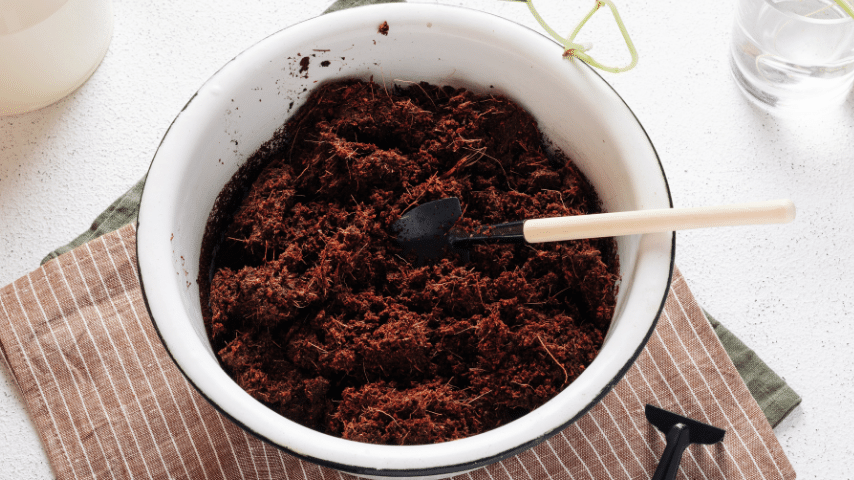
Substrate
Temperature
When it comes to the natural environments of Cubaris species, they prefer to be in the middle of the range.
Even Thailand’s stone tunnels will remain around 70 to 80 degrees Fahrenheit (21-27 degrees Celsius).
Rubber Ducky isopods prefer that this range is maintained as long as moisture levels are monitored regularly.
Depending on where the owner resides, this could be difficult.
Those who live in colder environments may want to contemplate getting in anything that will increase the tank’s overall temperature.
If you can’t maintain a constant temperature for your Cubaris isopods, try placing a warmer under the container.
This will help in main taking an optimum temperature for the Isopods to thrive.
Adding a small amount of substrate will also help in providing some heat to the container.
Suppose you reside in an overheated environment. Your tank’s location can have an effect.
Remember that spaces that are not near windows or doors are much cooler.
Misting the container regularly will also help to keep it cool.
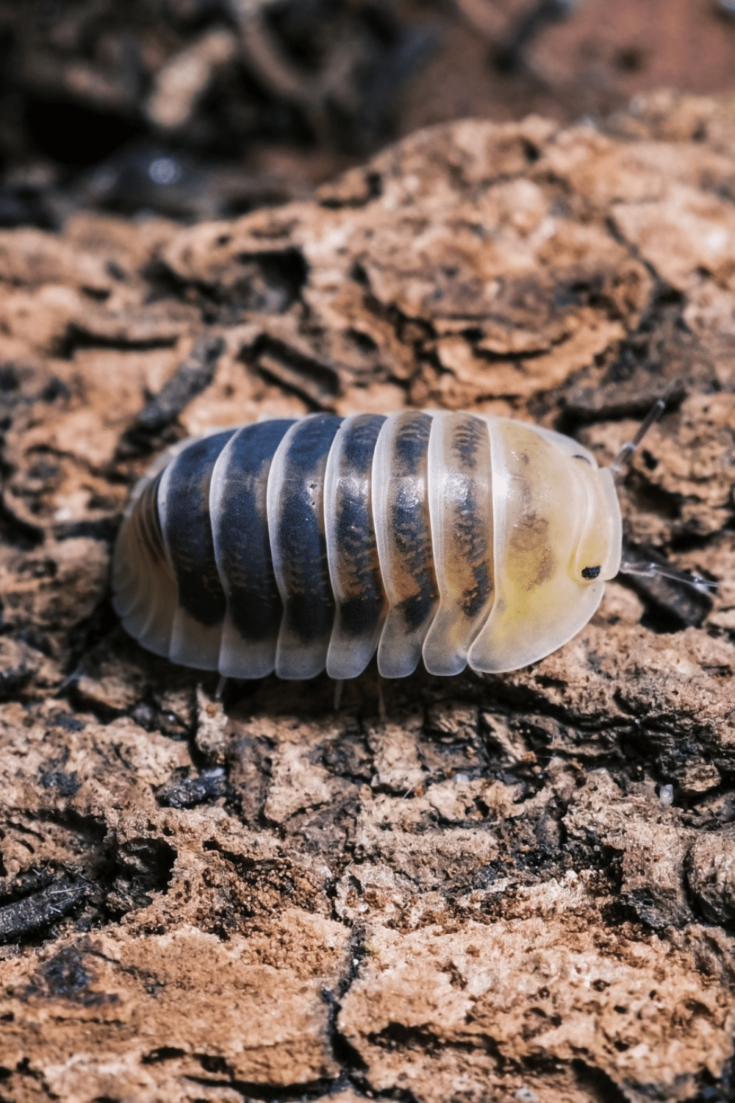
Cubaris sp. Jupiter
Humidity
Cubaris Isopods species need humidity levels around 60%.
Isopods from the genus Cubaris originate in tropical, high-humidity settings.
You gently wet the entire enclosure once or twice daily to ensure a humid climate, with a concentration on the sphagnum moss end.
Don’t overwhelm the soil, and don’t allow it to dry out as well. This variety prefers a high level of humidity than some other pill bugs.
Your Isopod’s relative humidity will also be affected based on the type of soil you are using.
Natural things like coconut fiber and moss seem to acquire the most when it concerns moisture.
Try adding some yellow squash to further increase the level of moisture for your Cubaris Isopod.
You can also mist the container now and then to provide adequate humidity. The level of misting you should do relies on where you live and how humid it is.
You can use a sprinkler or spray bottle to mist your Isopod, thus maintaining the humid environment.
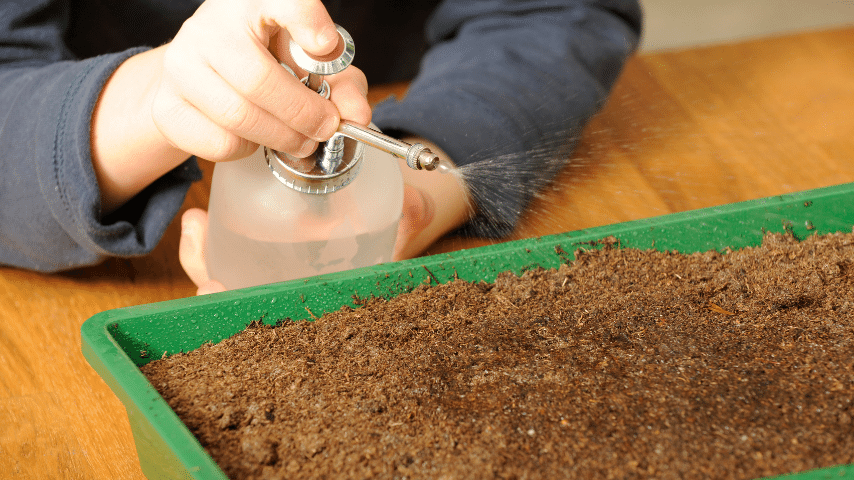
Gently Wet The Entire Enclosure
Diet
When contrasted with other isopods, this kind of pill insect requires a relatively broad diet.
Boiling leaves are necessary for this species, as they are for most others in this group. It’s critical to include a lot of protein.
How do you make sure an isopod gets sufficient protein, particularly if it’s the kind of creature that eats leaf litter?
Decomposing wood, sliced vegetables, and crushed limestone should work.
Your Cubaris Isopods must have consistent and exact calcium, leaf litter, protein supplies, and many other dietary components.
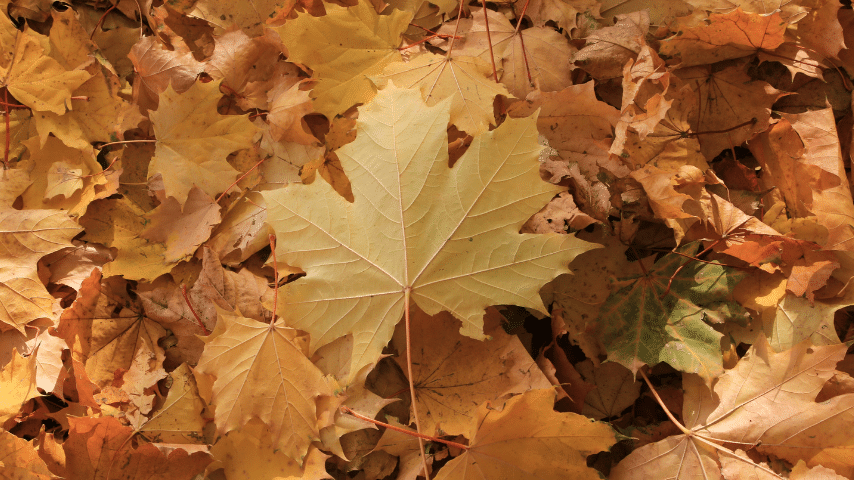
Leaf Litter
Calcium Supplies
For all these cave-dwelling isopods, diversity is the key to life.
They appear to increase with cuttlebone calcium, but when limestone is used as the predominant calcium supply, the populations start to come up and thrive.
Below are some means of calcium for your Cubaris Isopods:
- Sea Corral Calcium
- Cuttlebone
- Emulsified Egg Shells (Powder Form)
- Limestone
- Organic Kefir
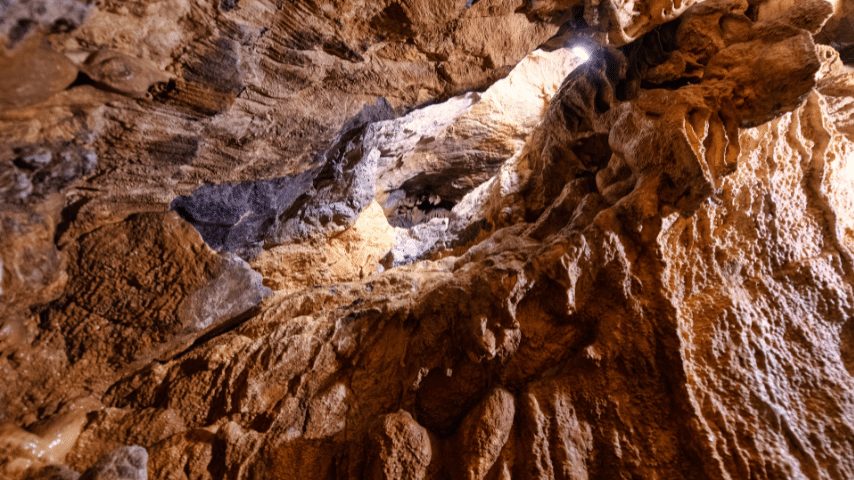
Limestone
Protein Supplies
Most Cubaris species, we’ve discovered, prefer a range of protein feeds, and this variety appears to maintain these slower-growing Isopods‘ content and reproduce constantly.
Sources of protein for this species include:
- Shrimp Pellets
- Organic (Non-GMO) Nutritional Yeast
- Shrimp Meal
- Cricket Insect Frass
- Shrimp Shells
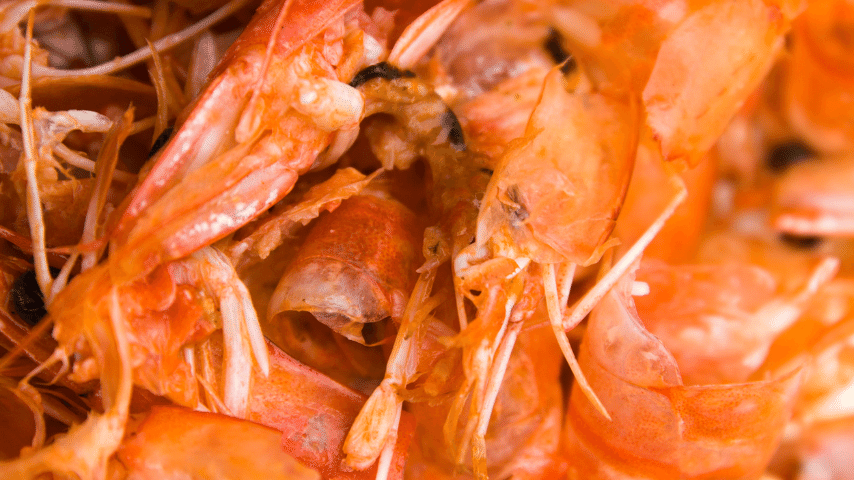
Shrimp Shells
Pesticide-Free Leaf Litter
When acquiring these designer isopods, it’s critical to note that we don’t compromise on the last necessary diet and environment item, termed leaf litter.
Certainly, you can collect leaves outdoors, but only if you are certain they are pesticide-free.
Following are the types of leaf litter used as a source of diet for the Isopod:
- Cannabis Leaves
- Oak Leaves
- Magnolia Leaves
- CBD Hemp Leaves
- Cover Crop
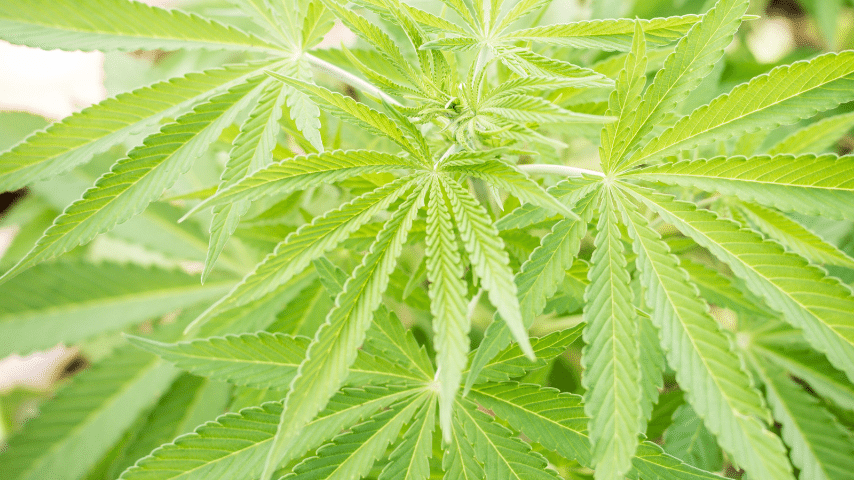
Cannabis Leaves
Breeding
Cubaris isopods can be difficult to breed. One of the hardest to breed is the Cubaris Rubber Duck whilst the Cubaris Panda King reproduces easier one established.
Rubber Ducky Isopods are reported to reproduce all year after being adapted to their einvironment.
Cubaris sp., in particular, has been observed to survive over several years, having 2-10 large broods.
Experienced Isopod growers have reported higher brood numbers of 10-20+.
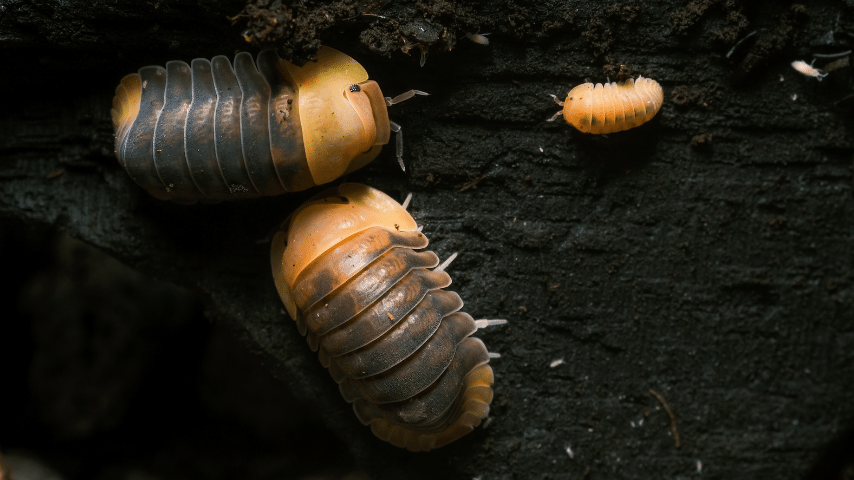
Rubber Ducky Isopods
Frequently Asked Questions About Cubaris Isopods Care
Are Cubaris isopods hard to maintain?
Cubaris species aren’t the easiest isopods to care for, but it doesn’t mean they can’t be done. When it concerns their maintenance, they just have a few additional demands. Some Cubaris isopods such as Cubaris murina are easier to care for. The Cubaris Rubber Ducky is among the hardest isopods to maintain.
What is the ideal feed for Cubaris isopods?
Cubaris isopods feed on decomposing wood, sliced vegetables, and crushed limestone as well as cuttlebones and crushed eggshells. In addition, a regular protein boost should be provided to Cubaris isopods using a combination of dry water shrimp and dry silkworms. You can also offer the colony sliced organic vegetables, eliminating the meal 2-3 days after serving to prevent mold formation. Cracked eggshells and cuttlebone are good sources of calcium.
Do Cubaris isopods burrow?
Cubaris isopods do burrow. They need part of their substrate humid and prefer a medium that is at least six inches deep. The Isopods crawl down to aid in breeding and molting.
Conclusion About Cubaris Isopods Care
Rubber Ducky Isopods are unusual-looking Cubaris isopods that are not suitable for beginners since they demand a precise degree of temperature and relative humidity.
They are more difficult to reproduce than some other isopods and are pickier. However, once their needs are fulfilled, they will thrive just fine in the environment you provide to these species.

